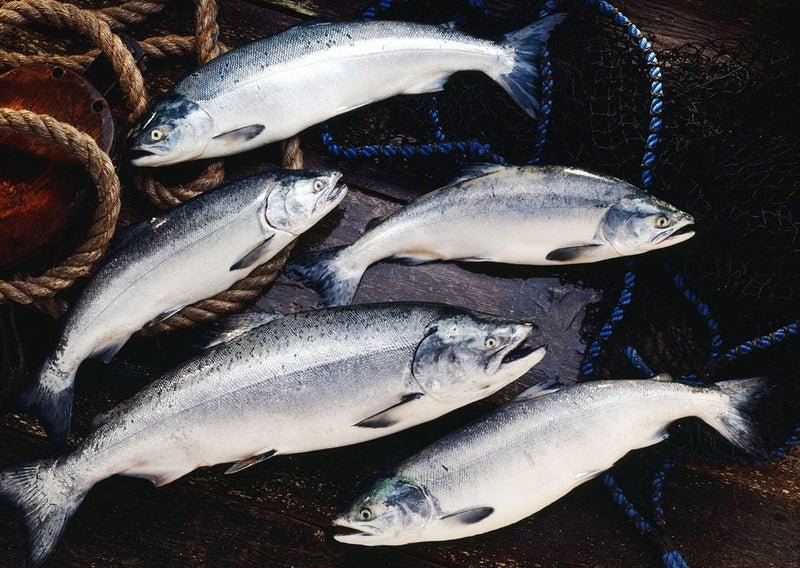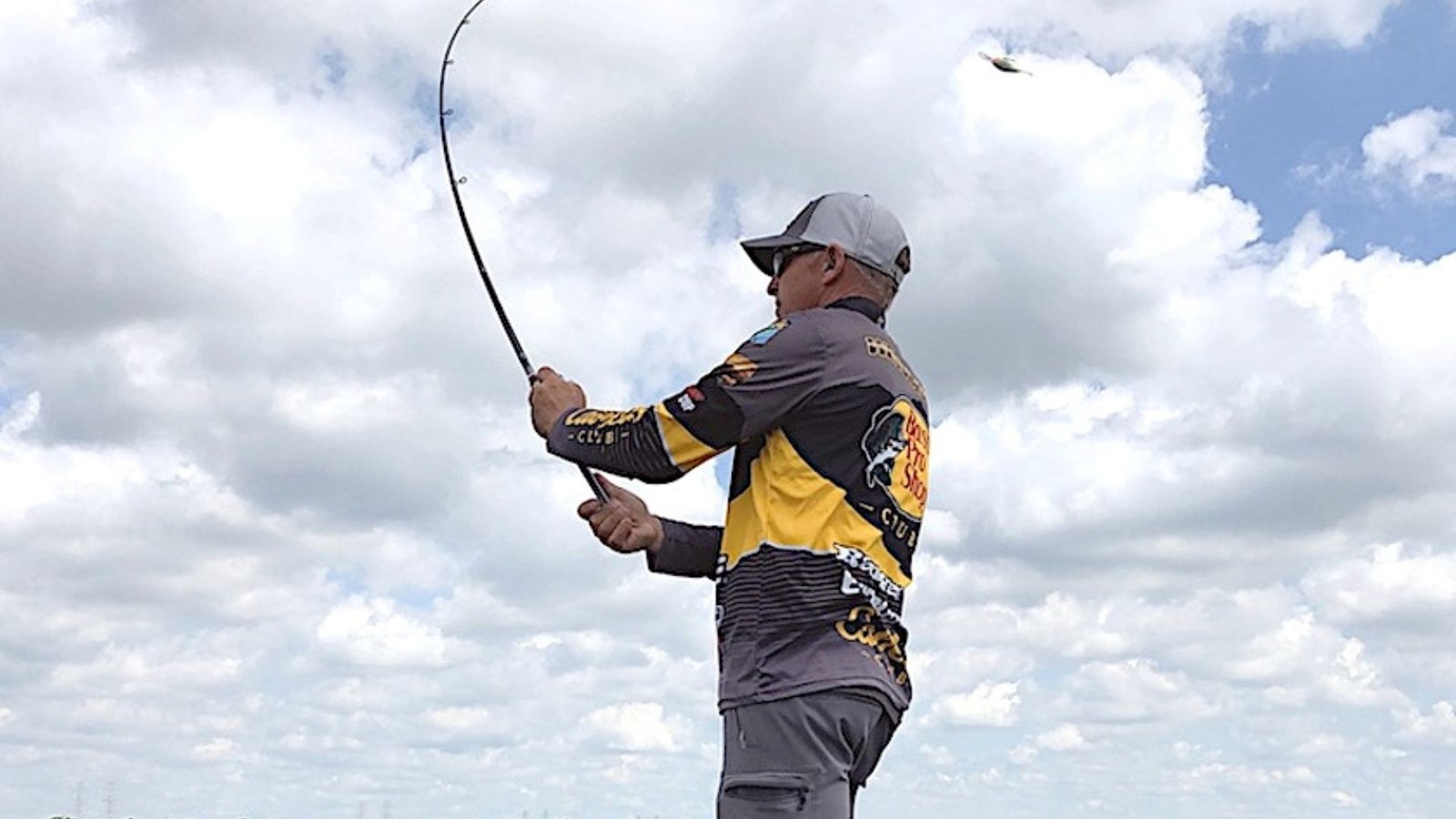Salmon species are diverse, and identifying them can greatly enhance your fishing experience or ecological studies. Identifying salmon species can seem daunting with their unique characteristics and varied habitats. But fear not! This guide will equip you with the knowledge to confidently distinguish between different types of salmon. Let’s dive into the fascinating world of salmon species and uncover their distinct features.

How to Identify Salmon Species
Understanding the Basics of Salmon Species
Before diving into the specifics, it’s essential to understand the basic categories of salmon. Generally, salmon species fall into two main groups: Pacific salmon and Atlantic salmon. Pacific salmon includes species like Chinook, Coho, Sockeye, Pink, and Chum, while Atlantic salmon is usually referred to as a single species, although it has various subspecies. Each species has unique identifiers that can help you tell them apart.
Physical Characteristics of Salmon Species
Chinook Salmon
Also known as King salmon, Chinook is the largest of the Pacific salmon species. They can be identified by their black gums and large size. Look for a blue-green back with silvery sides and black spots on the tails and back.
Coho Salmon
Commonly referred to as Silver salmon, Coho can be distinguished by their bright silver sides and blue-green backs. They also have small black spots on their backs and upper tail fins. During spawning, males develop a hooked nose and bright red sides.
Sockeye Salmon
Sockeye, or Red salmon, are known for their distinctive red bodies and green heads during spawning. In the ocean, they appear more blue-silver. They lack the black spots found on other salmon species.
Pink Salmon
Often called Humpback salmon due to the pronounced hump males develop during spawning. Pink salmon have large oval black spots on their back and all over their tail fin. They are smaller in size compared to other Pacific salmon.
Chum Salmon
Chum, or Dog salmon, can be identified by their calico appearance during spawning, with vertical striping patterns of reds and greens. In the ocean, they are metallic blue-green with small black spots.
Habitat and Behavior Clues
Another way to identify salmon species is by understanding their habitats and behaviours.
- Chinook Salmon: Prefer deeper and colder waters, often found in large rivers and coastal areas.
- Coho Salmon: Known for their aggressive behaviour, they inhabit coastal streams and rivers with a lot of cover like fallen trees and overhanging vegetation.
- Sockeye Salmon: Typically found in lakes and streams, they are known for their remarkable upstream migrations.
- Pink Salmon: Usually found in shorter coastal streams and rivers. They have a two-year lifecycle, which means large runs in odd-numbered years in certain regions.
- Chum Salmon: Often spawn in lower reaches of rivers and streams, preferring gravel beds.
Using Technology to Identify Salmon Species
Modern technology can also assist in identifying salmon species.
- Fish Identification Apps: There are numerous apps available that can help you identify salmon species based on pictures and characteristics.
- DNA Testing: For a more scientific approach, DNA testing kits are available that can accurately identify the species of your catch.
Practical Tips for Salmon Identification
Here are some practical tips to make your identification process easier:
- Observe the Environment: Take note of the habitat and behaviour of the salmon, as these can provide significant clues.
- Examine Physical Features: Focus on key physical traits like size, colouration, and the presence of spots or other markings.
- Use a Field Guide: Carry a reliable field guide specific to the region you are fishing in.
- Seek Expert Advice: Don’t hesitate to ask local fishermen or guides for their insights on identifying salmon species.
Conclusion
In conclusion, identifying salmon species can be a rewarding experience, adding depth to your understanding and enjoyment of fishing or ecological study. By paying attention to physical characteristics, habitat preferences, and behaviour, you can become adept at distinguishing between different types of salmon. With practice and the right tools, you’ll soon be an expert in recognizing these fascinating fish. Remember, knowing how to identify salmon species not only enhances your fishing success but also contributes to conservation efforts by ensuring accurate species recognition and protection. Happy fishing!




